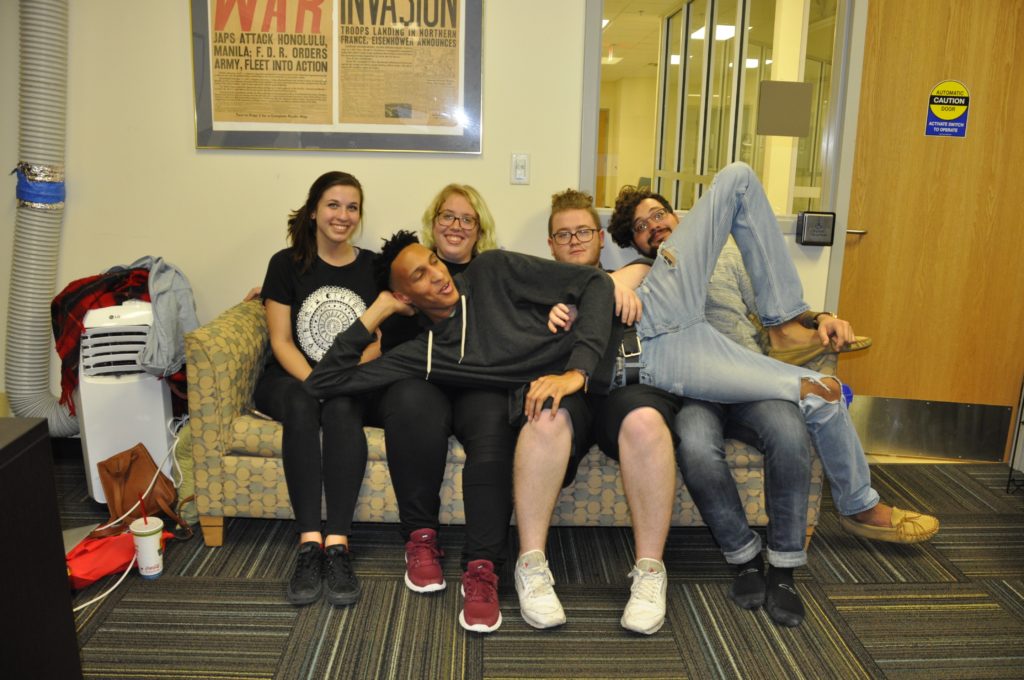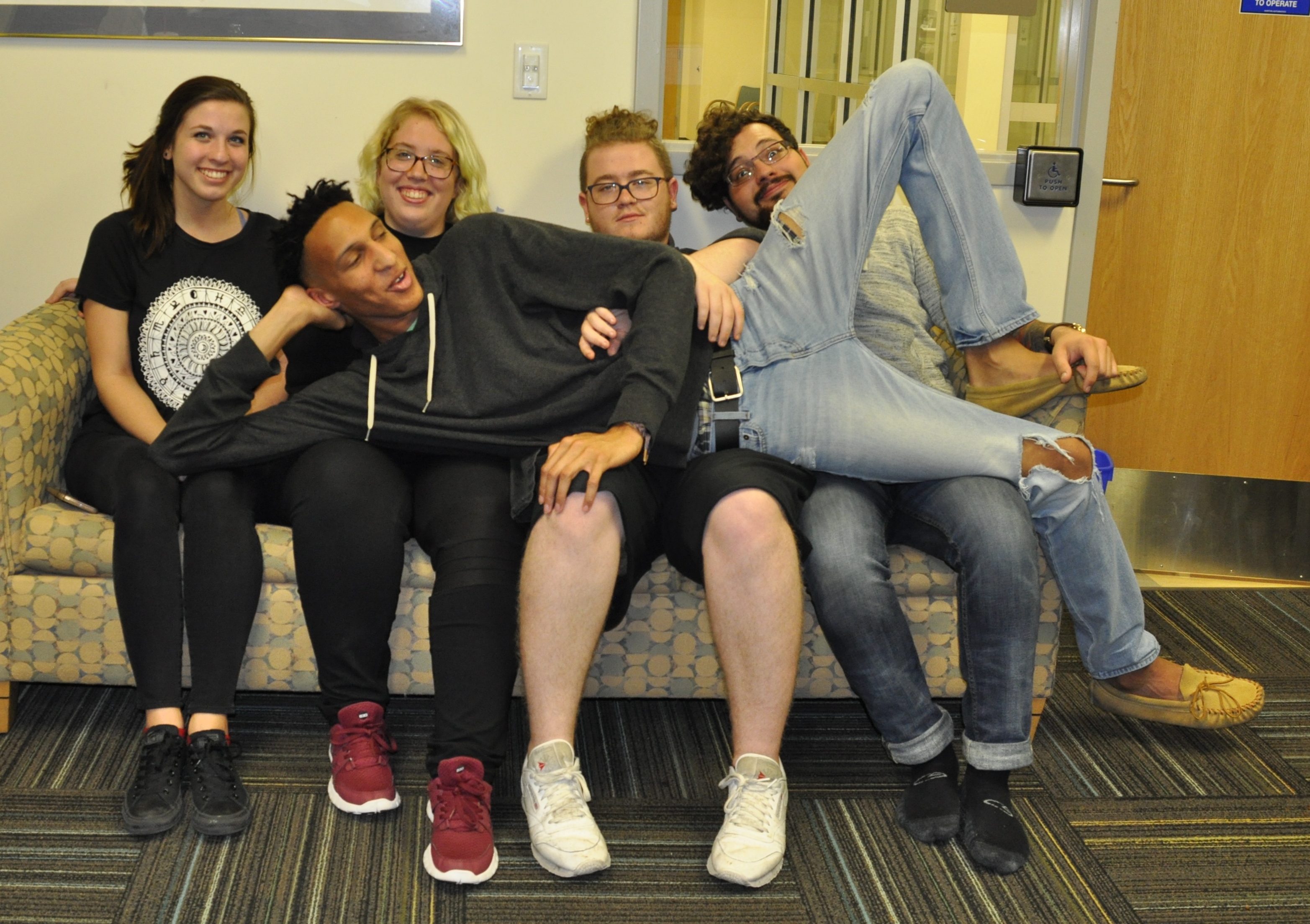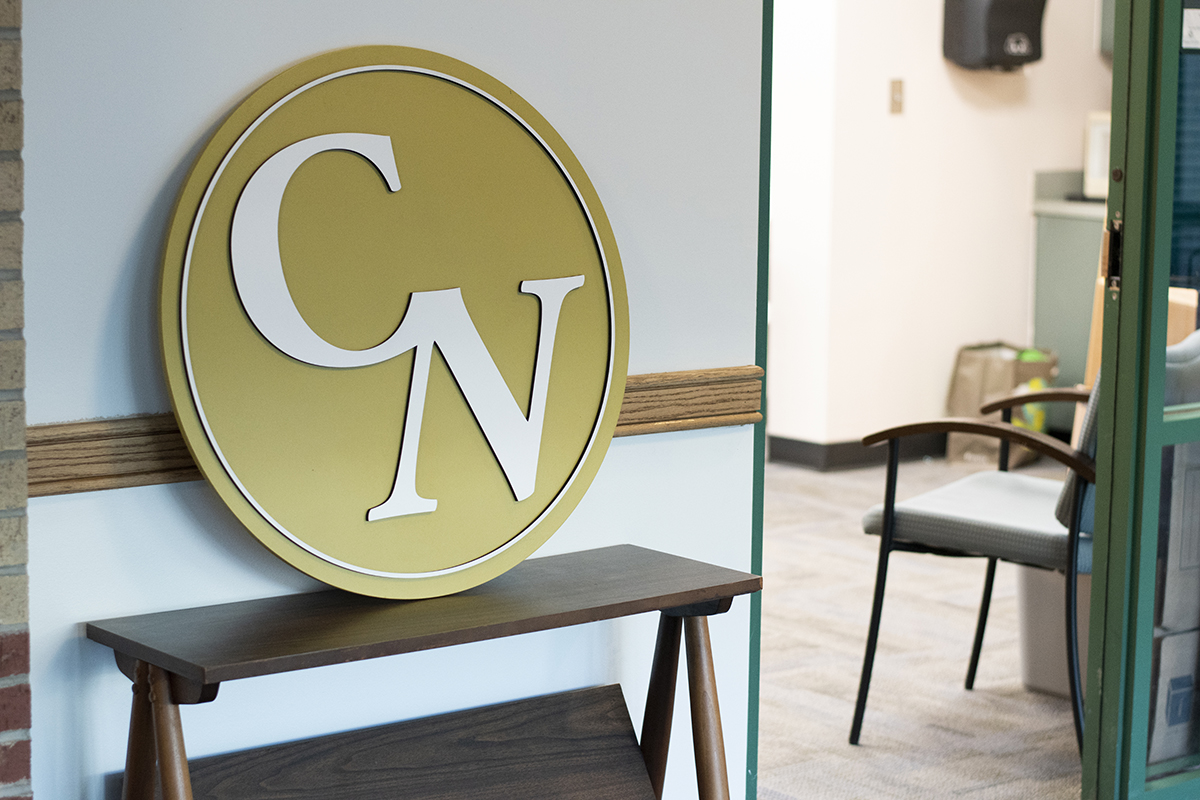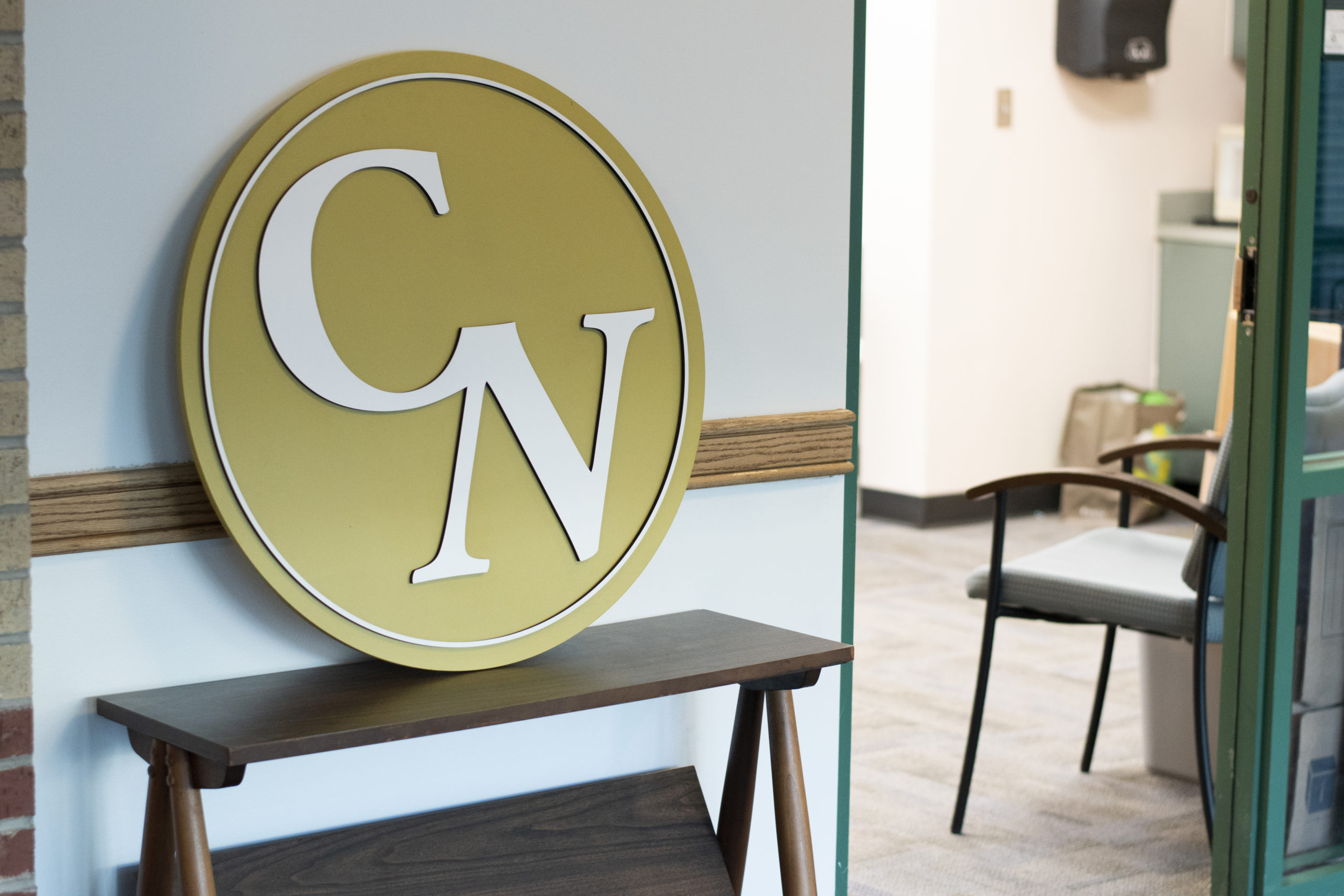
[BEN SCHLESINGER | THE CROW’S NEST]
It’s even worse for the introvert who has to sit there realizing they spent the whole semester avoiding eye contact, and now must give their phone number out to three strangers who will most likely ignore their texts.
Group projects are the worst. Professors usually assign group projects to help stimulate honest conversation and develop new ideas among their students. But, all too often these assignments fall flat, instead devolving to a game of who can procrastinate the longest.
I can barely take care of my own personal responsibilities. Why would I want to have the chance to let down a group of people? And it’s almost guaranteed.
Now, we here at The Crow’s Nest know we aren’t taking some outlandish stance. Nearly every student we talk to hates these “final” torture assignments, but it’s important to outline what exactly is wrong with them.
How does anyone choose who’s supposed to be in charge? Should that just get assigned at the beginning of the project, or just appear naturally? A good group composition is nearly impossible to manage. Sometimes there are too many people vying for their idea of the final product and they all get discouraged, swearing that the other members are just idiots.
Other times, no one really cares or feels inspired and nothing happens, because we all are a bunch of idiots. You just wave goodbye as your good grade drifts away.
A perfect group project has a mix of people who want to start the project early, those who have a lot of ideas, and those who are just willing to put in the work.
Sometimes group projects turn out great. Once, Savannah, our creative director, was in a project where one member convinced the rest of the group to try and finish the project quickly. When the group followed through, they had four weeks to adjust and hone their presentation.
The group made a 3D model shark filled with trash. They knocked the rest of the groups out of the water. It wasn’t the quintessential boring PowerPoint. It was short, sweet and effective because they were so different.
But sometimes they turn out the opposite. Our reporter Tim Fanning was recently in a group where each member submitted plagiarized work. It wasn’t that they were trying to nefariously provide the group copied information. They just thought it would be fine to copy and paste the important bits of what they were “reading.” This left him with pages and pages of unusable material.
Group projects can mimic life outside of college in a great way. They offer students the chance to collaborate in a dynamic environment where imagination and self motivation can flourish. But we can’t get over this procrastination problem. It’s like an epidemic.
Real life group projects hold one key difference from school group projects though. That is that the common motivator is not a grade, but a product, a common goal that falls in line with everyone’s interest. If this model of “the product” could be adopted into classrooms, where students did not feel pressured to achieve a certain grade by checking off boxes on a rubric and instead produce original, uncompromising material.



